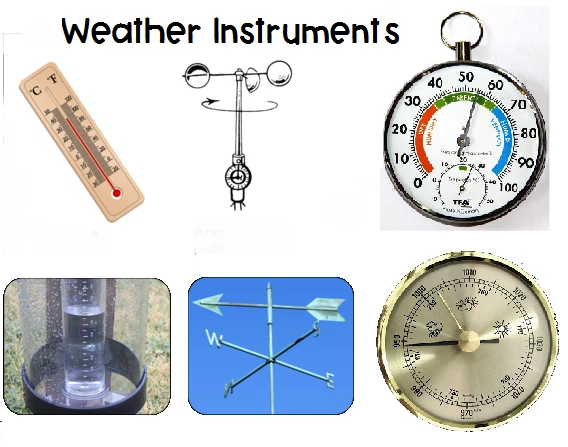
# Weather Gauges and Instruments for Accurate Meteorological Measurements
## Introduction to Weather Measurement Tools
Accurate weather forecasting and climate monitoring rely on precise meteorological measurements. Weather gauges and instruments play a crucial role in collecting data about atmospheric conditions, helping scientists, meteorologists, and even amateur weather enthusiasts understand and predict weather patterns.
## Essential Weather Gauges and Their Functions
### 1. Thermometers
Thermometers measure air temperature, one of the most fundamental weather parameters. Modern digital thermometers provide quick and accurate readings, while traditional mercury or alcohol thermometers remain reliable options for many applications.
### 2. Barometers
Barometers measure atmospheric pressure, which is essential for predicting weather changes. Mercury barometers were historically common, but aneroid barometers and digital barometers are now widely used due to their portability and ease of use.
### 3. Hygrometers
These instruments measure humidity levels in the air. Psychrometers (wet-and-dry bulb thermometers) and electronic hygrometers are the most common types used in meteorological stations.
## Precipitation Measurement Instruments
### Rain Gauges
The standard rain gauge consists of a funnel that collects precipitation and directs it into a measuring tube. Tipping bucket rain gauges are automated versions that record rainfall amounts electronically.
### Snow Gauges
Specialized snow gauges measure snowfall accumulation, often using heated collection surfaces to melt snow for accurate liquid equivalent measurements.
## Wind Measurement Devices
### Anemometers
These instruments measure wind speed. Cup anemometers are the most recognizable type, while sonic anemometers use ultrasonic sound waves for more precise measurements without moving parts.
### Wind Vanes
Wind vanes indicate wind direction, typically mounted alongside anemometers for complete wind measurement.
## Advanced Meteorological Instruments
### Weather Stations
Modern automated weather stations combine multiple instruments into integrated systems that can measure temperature, humidity, pressure, wind, and precipitation simultaneously, often transmitting data in real-time.
### Ceilometers
These specialized instruments measure cloud height and vertical visibility using laser or light detection technology.
### Pyranometers
Used to measure solar radiation, these instruments are essential for understanding energy balance in the atmosphere and for solar power applications.
## Choosing the Right Weather Instruments
When selecting weather gauges and instruments, consider:
- Accuracy requirements
- Environmental conditions
- Data recording needs
- Maintenance requirements
- Budget constraints
Professional meteorological stations typically invest in high-precision, calibrated instruments, while hobbyists might opt for more affordable consumer-grade weather stations that still provide reliable data for personal use.
## Maintenance and Calibration
Regular maintenance and calibration are essential for ensuring accurate measurements. Instruments should be:
- Cleaned regularly
- Protected from extreme conditions when possible
- Calibrated according to manufacturer recommendations
- Checked against known standards periodically
## Conclusion
Weather gauges and instruments form the backbone of meteorological science, providing the data needed for accurate weather forecasting, climate research, and numerous practical applications. From simple analog devices to sophisticated digital systems, these tools continue to evolve, offering ever-greater precision in measuring our planet’s atmospheric conditions.
Keyword: weather gauges instruments